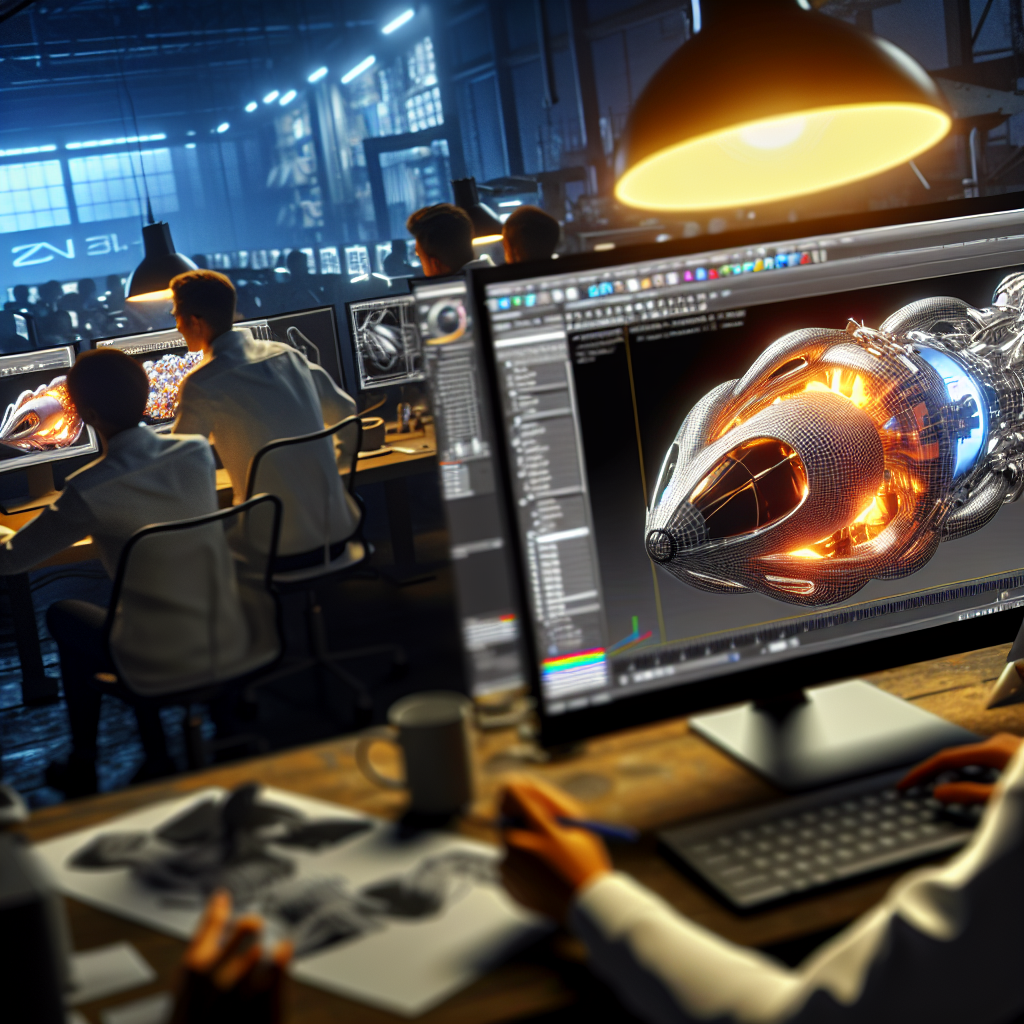Determining the fastest 3D rendering software is crucial for professionals seeking efficiency without compromising quality. With advancements in hardware and software optimization, several tools claim top speed, but understanding their performance characteristics is essential. In this article, we delve into the leading contenders to identify which 3D rendering software truly offers the fastest results.
Understanding Speed in 3D Rendering: Hardware Optimization and Software Efficiency
When assessing the speed of 3D rendering software, it is vital to recognize that performance depends not only on the software’s inherent ability to process data but also on how well it leverages the hardware it runs on. Modern rendering engines are designed to optimize multi-core CPU and GPU utilization, drastically reducing rendering times. GPU-based renderers, in particular, have become dominant in producing ultra-fast results, thanks to their ability to process thousands of parallel tasks simultaneously.
Popular software such as OctaneRender, Redshift, and V-Ray GPU demonstrate significant speed advantages over traditional CPU-based renderers. Their development focus on parallel processing and hardware acceleration allows users to achieve near real-time rendering, especially in complex scenes with high polygon counts or realistic lighting setups. Additionally, newer algorithms, like denoising technologies, further cut down rendering times by producing clean images with fewer samples.
Ultimately, choosing a fast 3D rendering software necessitates considering not only the software’s core engine but also the compatibility and optimization with your hardware setup, especially the GPU or CPU architecture, to maximize speed.
Leading Fast 3D Rendering Software in 2023
Among the array of options, several software solutions are recognized for their speed and efficiency:
- OctaneRender – Known for its unmatched GPU acceleration, OctaneRender offers real-time previews and rapid final renders, making it popular among artists who prioritize speed without sacrificing quality.
- Redshift – A GPU-accelerated renderer, Redshift strikes a balance between speed and versatility, supporting complex scenes and diverse rendering effects efficiently.
- V-Ray GPU – Building on a long-standing reputation, V-Ray’s GPU mode provides significant speed improvements, especially when combined with V-Ray’s adaptive sampling technology.
- Arnold – Traditionally CPU-based, Arnold has introduced GPU acceleration that boosts rendering times significantly, especially when optimized with hardware advancements.
While hardware choices influence overall rendering speed, the software’s ability to utilize these resources effectively is paramount. For example, OctaneRender and Redshift are often praised for their superior GPU utilization, enabling artists to achieve faster turnaround times for complex scenes.
Ultimately, the fastest 3D rendering software varies based on your specific hardware configuration, scene complexity, and project requirements. Conducting benchmarking tests tailored to your setup can help identify the optimal renderer for your needs.
Conclusion
Choosing the fastest 3D rendering software involves understanding hardware compatibility and software optimization. GPU-accelerated options like OctaneRender and Redshift are leading the way due to their ability to leverage parallel processing power effectively. Selecting a tool that aligns with your hardware setup and project demands will maximize efficiency and productivity in your 3D workflows.
